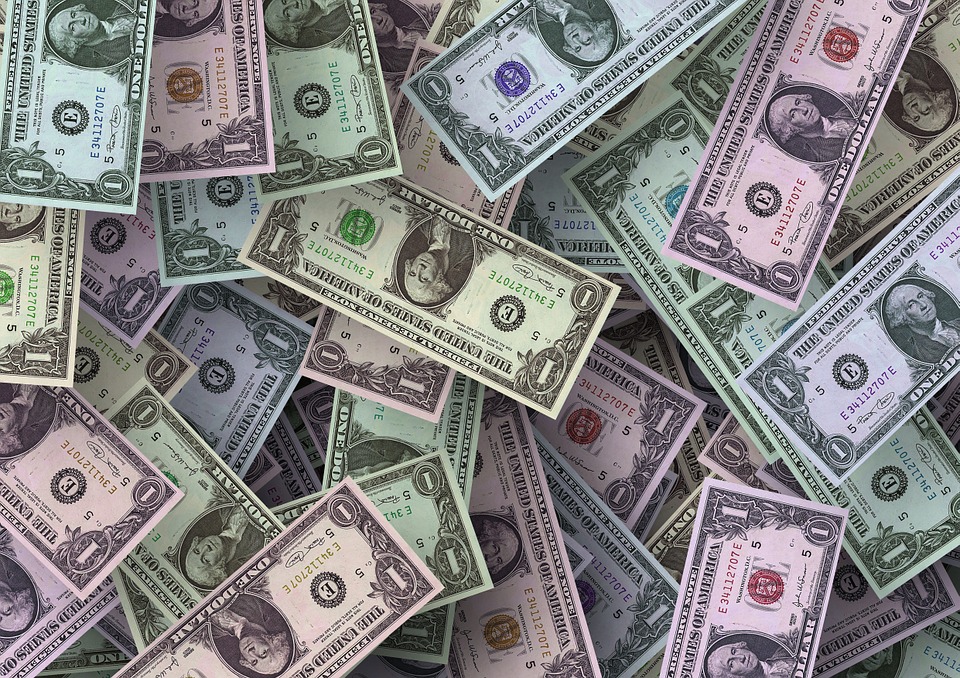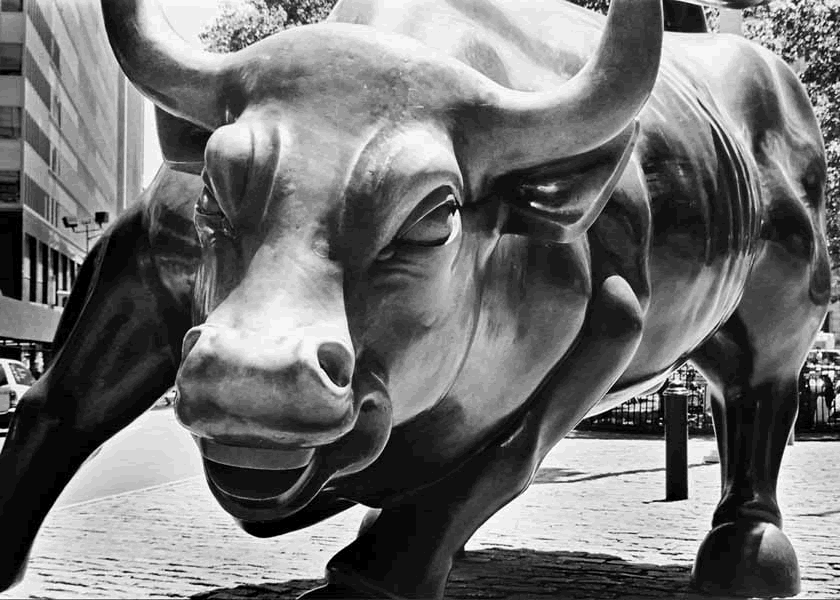
Overcharged: The High Cost of High Finance
Big Finance’s destructive practices and the overcharging of customers will have cost the U.S. economy between $12.9 and $22.7 trillion by 2023. A new report by the Roosevelt Institute co-authored by PERI’s Gerald Epstein and Juan Antonio Montecino estimates these costs by analyzing three components: 1) rents, or excess profits; 2) mis-allocation costs and 3) the costs of the 2008 financial crisis. The authors describe mechanisms finance uses to pocket these rents and suggest policies to reduce these high costs and to reform the financial sector to play a more productive role in society.

The Revenue Potential of a Financial Transaction Tax for U.S. Financial Markets
This paper by PERI Co-Director Robert Pollin, Associate Director James Heintz as well as Thomas Herndon, a PERI Research Assistant, estimates the revenue potential of a financial transaction tax (FTT) for U.S. financial markets. It focuses on analyzing the revenue potential of the Inclusive Prosperity Act that was first introduced into Congress in 2012. The authors conclude conservatively that the net revenue potential of this U.S. FTT as being around $300 billion per year, which equals approximately 1.7 percent of current U.S. GDP. This U.S. FTT should also not produce significant negative effects on productive investment spending by U.S. nonfinancial corporations.
>>Read "The Revenue Potential of a Financial Transaction Tax for U.S. Financial Markets"
Did Quantitative Easing Lead to Bank Profits?
Juan Antonio Montecino and PERI Co-Director Gerald Epstein study the Federal Reserve’s Quantitative Easing policy (QE) in three papers. In the first, they investigate which business sectors were expected to gain and lose from QE, indicating, perhaps, political pressures brought to bear on the Fed decisions. In the second, they study the impact of QE on income inequality in the US. In the third, they examine transactions-level data on Fed purchases during the first phase of QE. They find that purchases of mortgage-backed securities led to significant increases in bank profits, and only mixed evidence that these were associated with increased lending. Together, these papers indicate that QE helped a broad range of businesses, including finance, as well as the very rich, while having a positive but only modest impact on workers and the middle class.
>> Read “The Political Economy of QE and the Fed: Who Gained, Who Lost and Why Did it End?”
>> Read “Did Quantitative Easing Increase Income Inequality?”
Dodd-Frank at Five: How Much Has Changed?
July 2015 marked the fifth anniversary of the passage of Dodd-Frank, the main legislative response to the dangerous financial practices that led to the financial crisis of 2007-2008. In this report, Gerald Epstein and Juan Montecino survey the trends of the US financial system prior to and since the passage of Dodd-Frank. They show that the financial system has become more resilient in several ways, but that many trends have not changed—and there are new, worrying trends in financial markets and practices, in particular the expansion of the “shadow banking” system.


